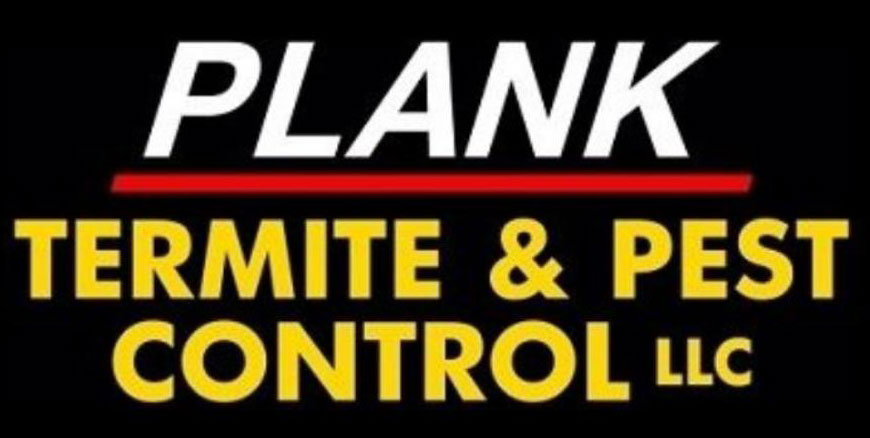When it comes to dealing with fleas, prevention is the key. These tiny pests are not easy to eliminate and can reproduce quickly, hiding in various places such as carpets and clothes. Knowing the right strategies to protect your space against fleas can effectively prevent infestations and ensure you and your pets live in a comfortable environment. This comprehensive guide will explore everything you need to know about fleas and how to keep them away.
Understanding Fleas
Fleas are small, wingless parasites that survive by feeding on the blood of warm-blooded hosts, including pets and humans. They possess strong hind legs, enabling them to jump considerable distances. However, fleas undergo four distinct life stages: egg, larva, pupa, and adult, each with its specific requirements for survival and development.
The Flea Life Cycle:
Fleas undergo a four-stage life cycle that includes eggs, larvae, pupae, and adults.
- The eggs: are laid by female fleas within 48 hours of their first blood meal, and the incubation period ranges from one day to two weeks, depending on environmental conditions.
- The larvae: thrive in warm, dark, and humid environments such as carpets, bedding, and grass, feeding on organic debris for up to two weeks before spinning cocoons to enter the pupal phase.
- Pupal phase: fleas remain dormant for weeks to months, protected from adverse conditions. When they sense the presence of a host, they emerge as adult fleas seeking a blood meal for nutrition, mating, and egg-laying.
- Adult fleas: can survive for several days to weeks without a host, but they must find a host within a few days to reproduce.
While only adult fleas bite, eliminating fleas at any stage is essential to prevent their rapid proliferation and to keep your environment flea-free.
Are Fleas Dangerous?
Flea infestations not only cause discomfort by biting their host, but they can also pose serious health risks to both humans and pets. Fleas have been known to transmit various pathogens, including tapeworms, plague, and typhus, which can cause severe illnesses if left untreated. Tapeworms can cause digestive problems, while plague and typhus can lead to fever, chills, and even death in extreme cases. Therefore, it is essential to take prompt and effective measures to prevent and eliminate flea infestations to protect the health and well-being of both you and your pets.
How Do Flea Infestations Start?
Fleas are parasitic insects that can cause a great deal of trouble if they infest homes. They usually enter homes by hitching rides on pets or by latching on to clothing or objects that are brought in from the outdoors. Once inside, they can quickly establish themselves and cause a major nuisance. To prevent this from happening, it is important to take certain preventative measures. For example, regularly grooming pets and treating them with flea preventatives can help to keep fleas from infesting your home. Similarly, regularly vacuuming carpets and upholstery, washing bedding and linens in hot water, and keeping your home clean and tidy can also help to deter fleas from taking up residence. By taking these steps, you can help to keep your home flea-free and ensure the health and well-being of your family and pets.
Preventing Fleas on Pets
To keep your furry friend healthy and happy, it’s important to follow a few simple steps. Regular bathing with a pet-safe soap and warm water can help to remove any fleas or ticks that may be present on their skin. Additionally, brushing their coat with a fine-tooth comb can help to remove any remaining pests or debris.
It’s also crucial to implement bug barrier treatments outdoors, such as using flea and tick prevention products on your lawn or treating your outdoor living spaces with insect repellent. This can help to prevent your pet from picking up fleas and ticks while playing outside.
Limiting your pet’s contact with stray animals can also help to minimize the risk of flea and tick infestations. Stray animals are more likely to carry these pests, so it’s best to keep your pet away from them.
Finally, consulting with a vet for flea prevention medication is an excellent way to protect your pet from fleas and ticks. Your vet can recommend the best medication for your pet’s needs and provide guidance on how to use it safely and effectively.
Preventing Flea Infestations Inside the House:
One effective way to get rid of fleas is by vacuuming frequently. This helps to remove fleas, their eggs, and larvae from carpets, rugs, and other surfaces. Additionally, using carpet cleaners can help eliminate fleas in hard-to-reach areas like crevices and corners. It is important to thoroughly wash fabrics, such as bedding and curtains, with detergent and hot water to kill flea eggs and larvae. This can help to prevent re-infestation and control the flea population in your home.
Flea infestations can be quite troublesome for your home and pets. However, prevention is the key to avoiding such situations. By adhering to the tips mentioned in our guide and seeking professional flea control services, you can effectively safeguard your living space and furry friends from these persistent pests. At Plank Pest, we offer comprehensive flea control solutions tailored to your specific needs. Our team of experts can provide you with a free quote and help you enjoy a pest-free environment for you and your loved ones.

